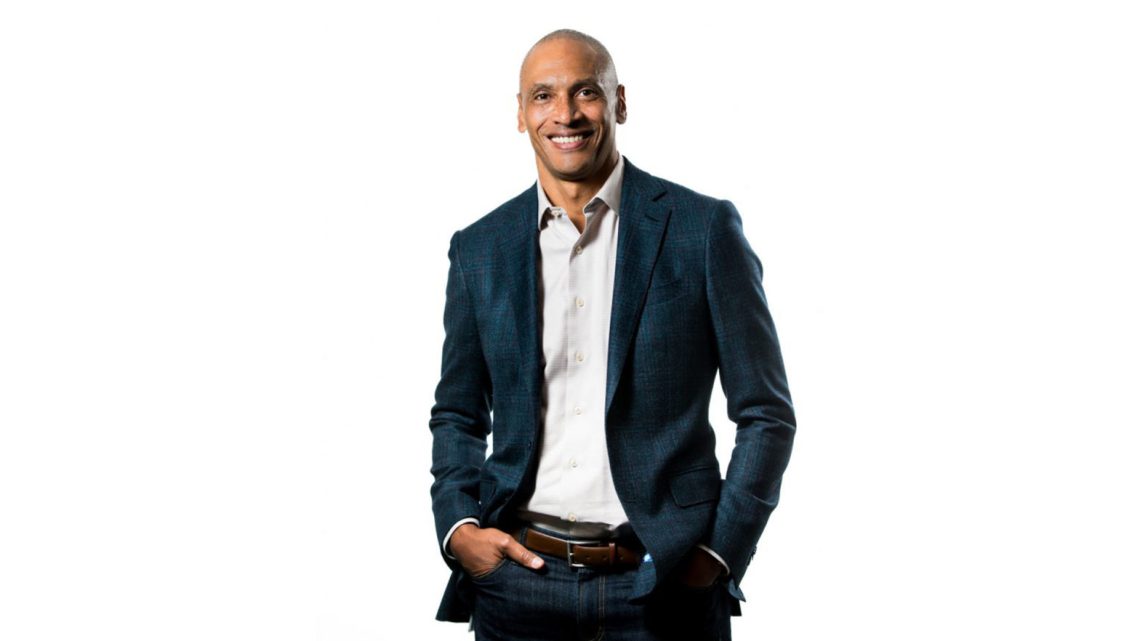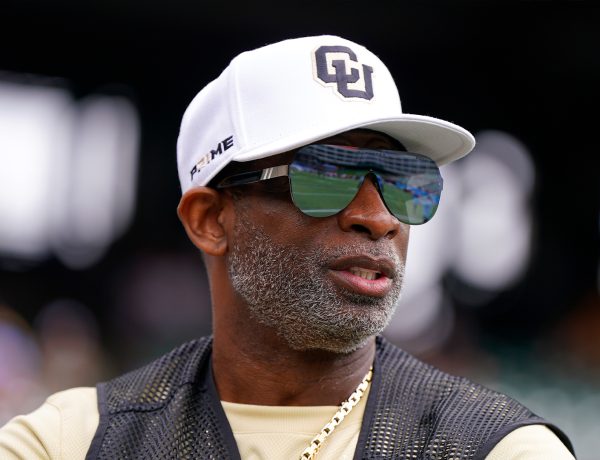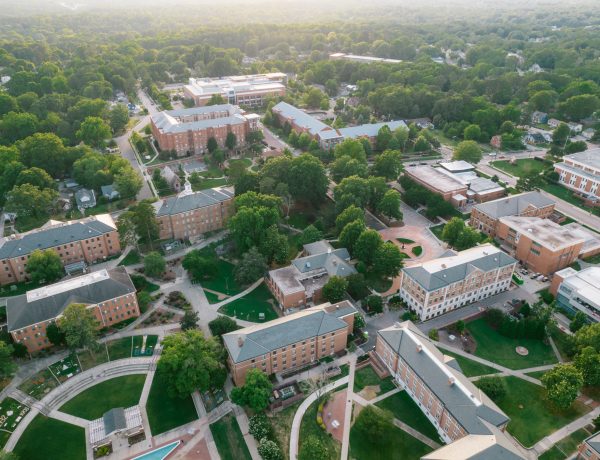In 1986, the Commodore 64 had become the bestselling single personal computer model of all time.
More than 17 million were sold, including one to my parents. I remember the C64 and its place of prominence in the living room of our home in Cleveland, OH. It was there even when there wasn’t any furniture (And I was on it a lot).
That Commodore 64 was my first real exposure to computing and it helped catalyze my interest in technology. A few years after college I dove into startup life, and from there I went on to build a career in cybersecurity, to become a CEO, and it all led me to my role today, which is to help Microsoft identify the partnerships and investments that will shape the future and tackle some of the world’s greatest challenges.
Unfortunately, many people do not have access to technology, even in 2023. The Pew Research Center estimates that today in America, four out of ten low-income households are without computing devices of any kind. A 2022 National Urban League report found that Black and Latinx households are two times more likely to not have a device than white households.
Even with access to devices, as many as 120 million people in the United States do not use the internet at broadband speeds – either because it is not available, or they can’t afford it. And 25 million people are without any access at all. How can we collectively make sure that the ability to realize the richness of the world’s information online doesn’t depend on where you live?
Microsoft is working to bridge the digital equity gap in the United States and abroad while also confronting challenges like skilling and affordability. Because if we crack the code on access, the impact will be marked on both the business of today and those shaping our tomorrow.
Throughout my career, I’ve seen time and again that what any company needs to innovate, grow, and become successful is just as important as who it needs. True innovation invites diverse perspectives and is never without risk. It requires the input and creativity of people who think differently and who see opportunity where others don’t.
By prioritizing opportunity, access, and inclusion, we can tackle major challenges and drive better outcomes for everyone. Take artificial intelligence, for example. We are building and discovering in real time the many creative efficiencies and use cases AI is capable of — such as the ability to create images from spoken command or leverage ChatGPT to draft documents — but we can’t overlook its potential to enhance the lives of millions.
For example, AI has the potential to reshape how we think about modern medicine — from genetic testing to drug development and beyond. Leveraging this technology, we can develop better treatments (or possibly even find cures) for conditions, like Sickle Cell Disease and others, that have an outsized impact on subsets of the population. And we are just at the start of this journey.
It is our shared responsibility to use the technologies we have, as well as nascent ones, to make certain we deliver on the potential.
When I talk with founders who are creating the technologies of tomorrow, I feel and share their energy for how we can come together to drive change. For me, it started with a computer in the living room, and we must do more to make sure that the journey can start for others, too.
—
Christopher Young is the Executive Vice President, Business Development, Strategy & Ventures at Microsoft. In this role, he identifies transformative technologies and the companies that are developing them and then oversees Microsoft’s partnerships and investments with those organizations.
The post Op-Ed: Inclusion Must Define Technology’s Future appeared first on AfroTech.





